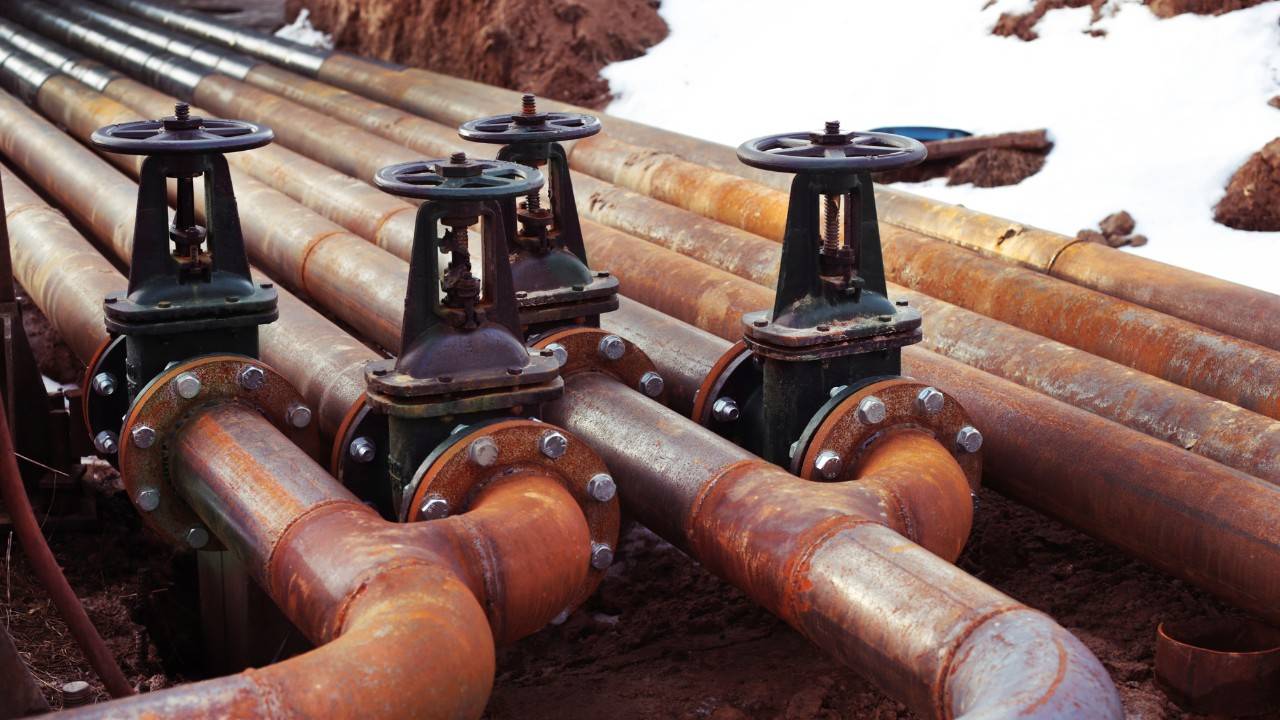The Biden administration has made a significant announcement regarding its comprehensive plan to eliminate all forms of lead exposure in the United States. Central to this initiative is a directive for water systems nationwide to replace lead service lines within the next decade.
A recent White House report reveals a concerning statistic: over 9.2 million American households receive water through lead pipes. Notably, a large proportion of these households are in disadvantaged communities. Lead, harmful in any amount, poses various health risks, including developmental delays in children, cardiovascular issues, and reproductive problems.
Lead contamination is not just confined to water systems. It’s also found in other sources, including fossil fuels, industrial locations, and everyday materials like paint and cosmetics.
This ambitious plan not only targets the complete replacement of lead service lines but also seeks to enhance the quality of tap water through improved sampling methods, as outlined in the EPA’s proposed Lead and Copper Rule Improvements.
The financial backing for this project is substantial. The Bipartisan Infrastructure Law provides $15 billion specifically for the replacement of lead service lines. Additionally, $11.7 billion is allocated to the Drinking Water State Revolving Fund. States will also receive numerous grants to help eradicate lead pipes and guarantee clean, safe drinking water.
While the focus is primarily on waterborne lead exposure, the initiative also addresses lead contamination from other sources, including paint, dust, air, food, and soil.
This year, the EPA has already stepped up efforts to reduce lead exposure from paint and building materials. In July, the agency proposed stricter regulations for lead hazard removal in older buildings and childcare centers. A portion of the funds from the Bipartisan Infrastructure Law, amounting to $3.5 billion, is earmarked for replacing lead service lines in residential, commercial, and educational buildings.
The dangers of lead in soil and food are often a legacy of industrial activities like lead mining and smelting. In response, the EPA has completed 49 Superfund cleanup projects in 2023, addressing contamination at such industrial sites. The U.S. Food and Drug Administration is also contributing to these efforts by introducing draft guidance for the food industry, mandating action levels for lead in processed foods intended for babies and young children.
This comprehensive approach by the Biden administration reflects a significant commitment to protecting public health and the environment from the dangers of lead exposure. The plan’s success over the next decade could dramatically improve the health and well-being of millions of Americans, particularly in vulnerable communities.
More inspiring green news similar to this:

